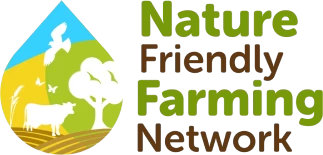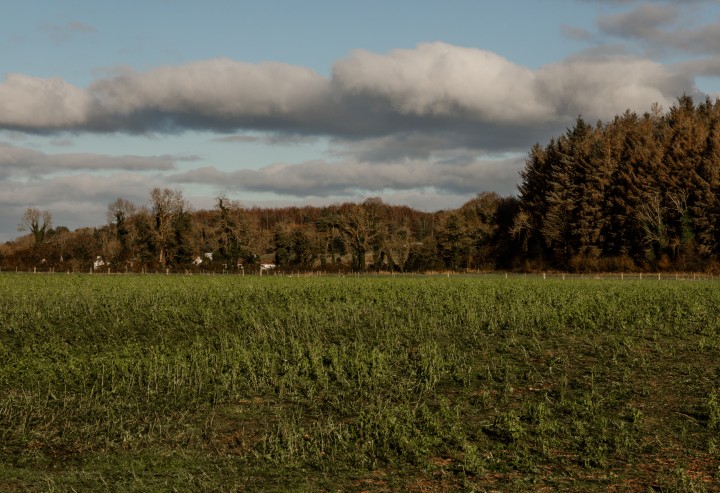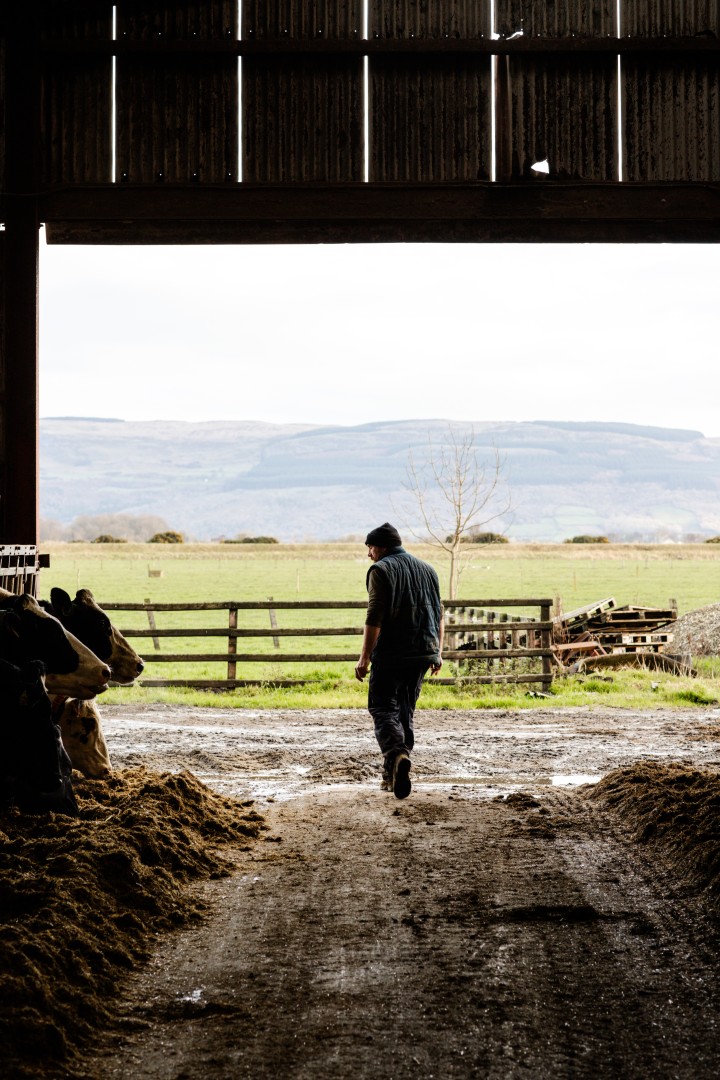Located right at sea level on the edge of Lough Foyle near Limavady in County Derry, Carsehall Farm covers 325 acres and is a mixed agricultural operation growing arable crops and keeping pedigree dairy cows.
It’s a family affair, with Tom Craig farming with his brother Robert and his nephew Alistair. They come from a long line of farmers, with Tom’s great-grandfather beginning to buy land on the back of success as a grocery man in the city of Derry. Tom is on a mission to cut out expensive inputs and eliminate waste on his farm, and this has increasingly led him to a nature-friendly approach.
Carsehall Farm’s location on the north coast of Northern Ireland, with part of the farm consisting of reclaimed land, brings certain challenges to farming there. The light soil means outwintering even native breeds of cattle is extremely difficult, leading Tom to conclude that as housing cattle is inevitable, keeping pedigree breeds with higher milk yields remains a prudent business decision.





